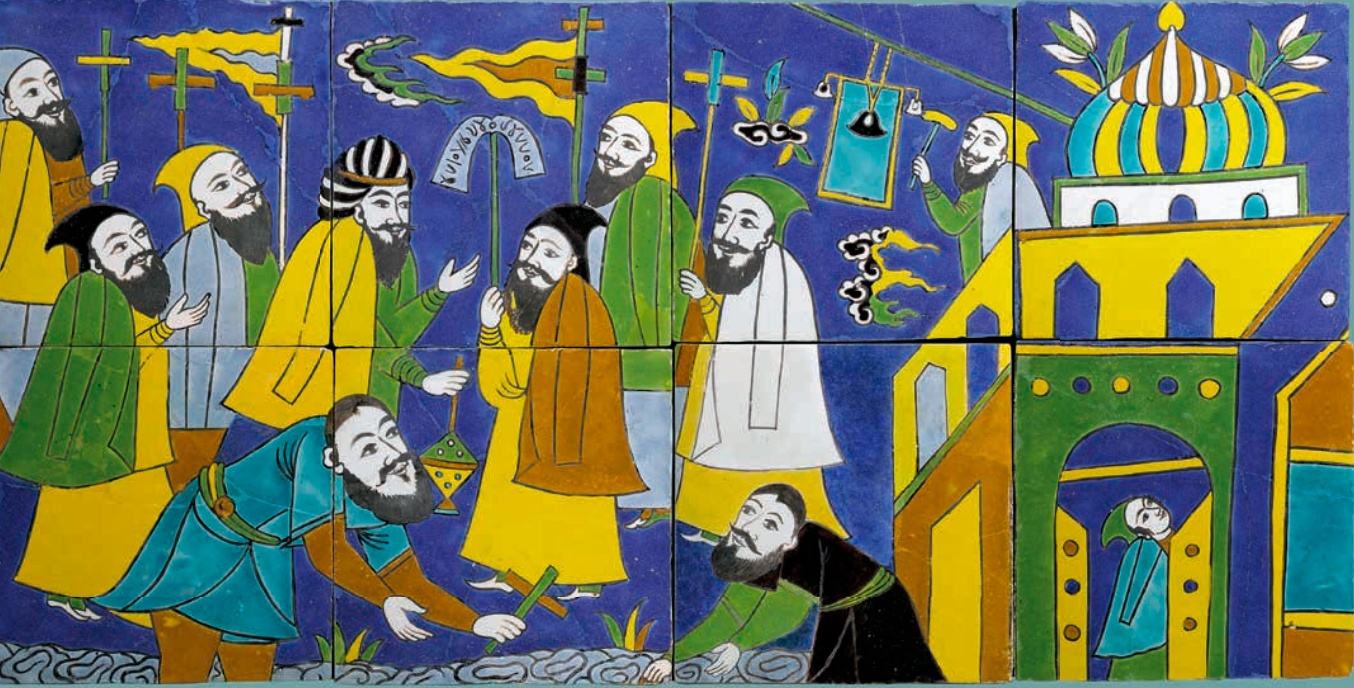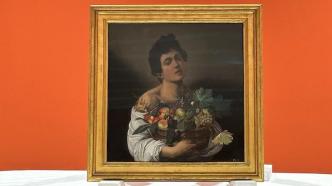
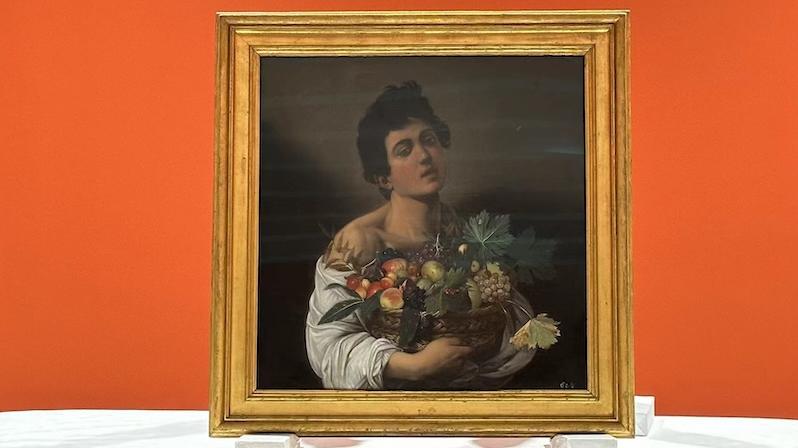
On December 12, "Caravaggio and the Miracle of the Baroque" will open at the Pudong Art Museum in Shanghai. As the first Caravaggio-themed exhibition in China, this exhibition includes 6 original Caravaggio works including "Boy with Fruit Basket" , as well as more than 50 authentic paintings by more than 40 Baroque artists. The exhibition is jointly organized by the Pudong Art Museum and the Borghese Gallery in Rome, which is famous for its Caravaggio works and Bernini sculptures.
On the evening of December 8, "Boy Holding a Fruit Basket" from the Borghese Art Museum was unboxed and put on the wall. This is one of Caravaggio's most famous works. After opening the protective box, "Boy Holding a Fruit Basket" was revealed. At the moment of "Boy", the work that has lasted for more than 500 years exudes an irresistible brilliance - the painting is a three-quarter bust of a young man holding a basket filled with autumn leaves and fruits (such as apples and grapes) , in which the light seeping from behind the boy brilliantly recreates reality.

Caravaggio's "Boy with Fruit Basket" unveiled at Pudong Art Museum
Italian painter Michelangelo Merisi da Caravaggio (September 29, 1571 - July 18, 1610), his life was intoxicating, dangerous and full of mysteries. He was active in Rome, Naples, Malta and Sicily from 1593 to 1610, and had an important influence on the formation of the Baroque School.
The Paper saw at the exhibition site that five Caravaggio works have been put on the wall, and the most important position in the exhibition hall is waiting for "Boy with Fruit Basket" to appear. It is the first time in China that six original Caravaggio works from the Borghese Gallery and the Uffizi Gallery have been brought together, and it is also quite rare internationally.
Li Minkun, deputy general manager of the Lujiazui Group and chairman of the Pudong Art Museum, said in an interview with The Paper, "I deliberately opened this work as the last one so that everyone can appreciate the charm of art together. The moment it was opened, We all can't help but say wow in our hearts - this work is so beautiful, whether it is the protagonist or the fruit, whether it is the color matching or the light, the overall effect it brings is amazing."
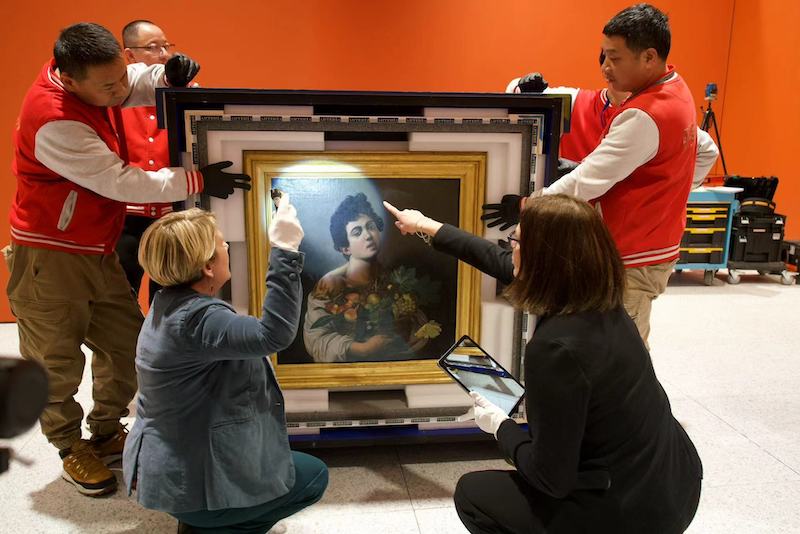
Unboxing of "The Boy Holding a Fruit Basket"
National treasure-level work "Boy Holding Fruit Basket" debuts in China
In mid-1592, Caravaggio arrived in Rome, "unclothed and extremely poor... with no fixed place to live, lack of food and clothing... penniless." A few months later, he began to work for the then-famous and powerful Giuseppe Cesari (also known as the "Chevalier of Alpino" and a favorite painter of Pope Clement VIII) worked as a gunman, "painting flowers and fruit" in a studio that looked like a factory. During this period, Caravaggio began to rise to prominence in the highly competitive Roman art world. His well-known works during this period include the small "Boy Peeling Fruit" (the earliest known painting), "Boy Holding Fruit Basket" and "Sick Man". Bacchus" and a self-portrait he painted while recovering from a serious illness, after which he was no longer employed by Cesari. The model in "Boy with Fruit Basket" is his friend and companion, the Sicilian painter Mario Minniti, who is about 16 years old in the painting.

Caravaggio "Boy with Fruit Basket"
Originally collected by Giuseppe Cesari, the work came into the hands of Cardinal Scipione Borghese in 1607, so it may have been painted while Caravaggio was "painting it" in Cesari's studio. "Flowers and Fruit" period; may also have been painted shortly after Caravaggio and Minniti left Cesari's studio in January 1594, selling the paintings themselves through dealers. Of course, "Boy with Fruit Basket" could not have been painted earlier than 1593, because Minniti did not arrive in Rome until 1593.
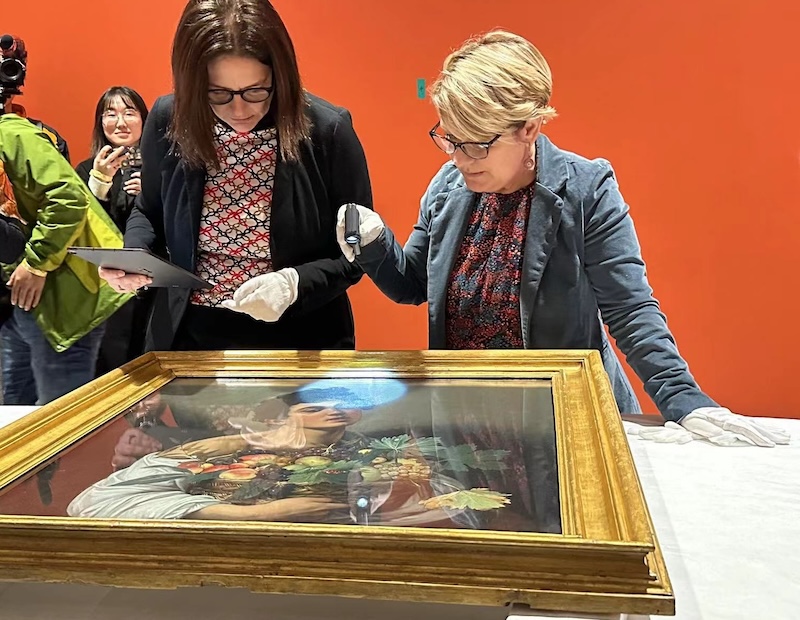
After unboxing, the staff of the Borghese Art Museum inspected and handed over "Boy Holding a Fruit Basket".
"Boy with a Fruit Basket" shows physical precision (the realist side of Caravaggio), and from this he began to become famous. A professor of horticulture once analyzed that the fruits held by the boy holding the fruit basket can be used to determine the cultivar. "A large fig leaf obviously has burning spots caused by fungi, which is very similar to plant anthracnose." Coexist with realism The most important thing is the psychological aspect: holding a heavy basket, the boy is obviously a little bored, but at the same time he finds it fun, so he obeys; his bare shoulders are treated by the artist to make them full of sensuality, which is obviously the artist's intention for his model. feelings; but the boy, although friendly, showed no response to the painter's feelings.
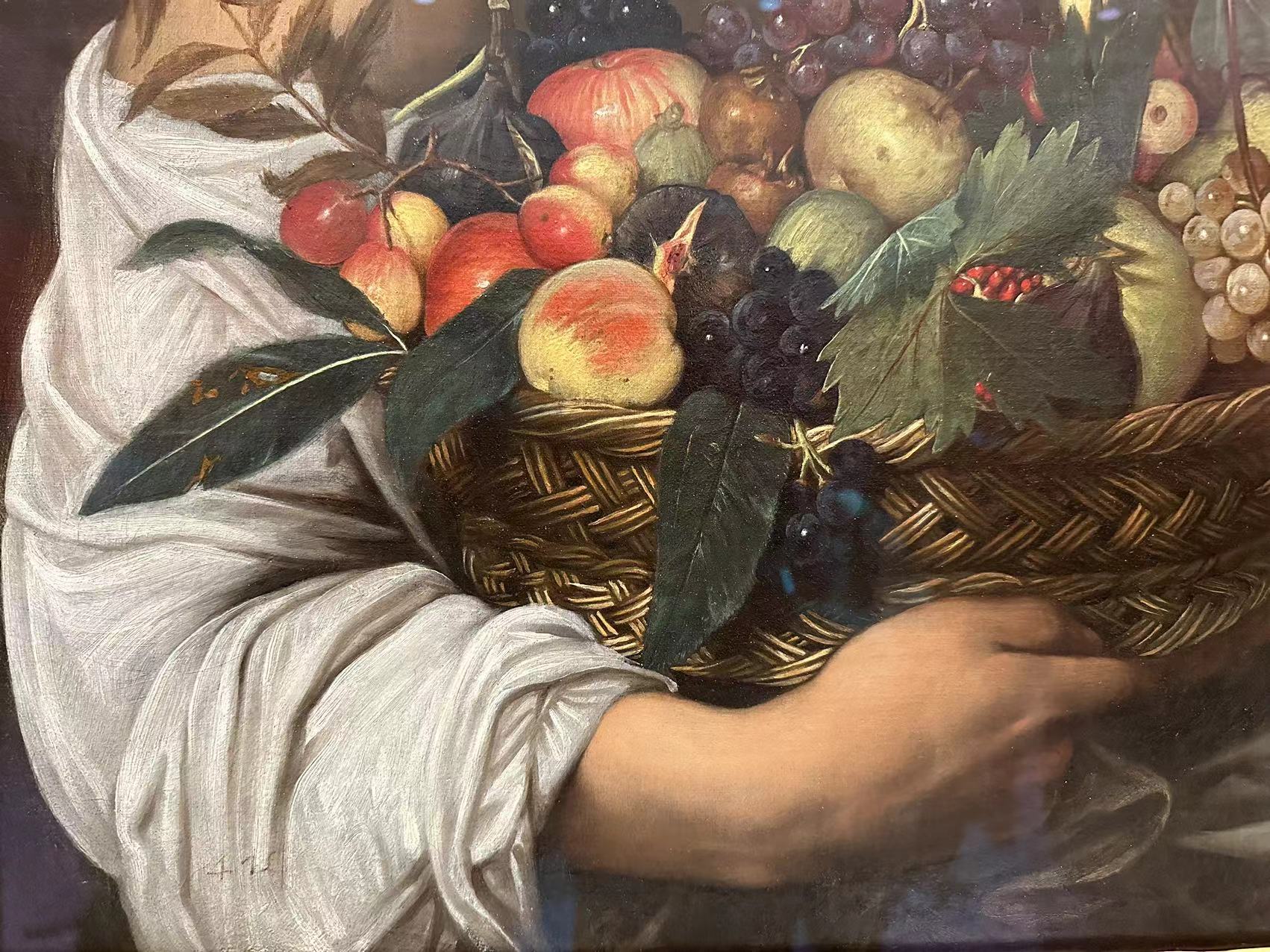
"Boy with Fruit Basket" (detail)
This painting is believed to have given birth to more complex works of the same period (also using Minniti as a model), such as The Fortune Teller and The Cardsharps (both painted in 1594 Years), the latter painting brought Caravaggio to the attention of Cardinal Francesco Maria del Monte, an important connoisseur in Rome, from which time Caravaggio was able to interact with Minni Di shared a room in Cardinal Madema's palace.
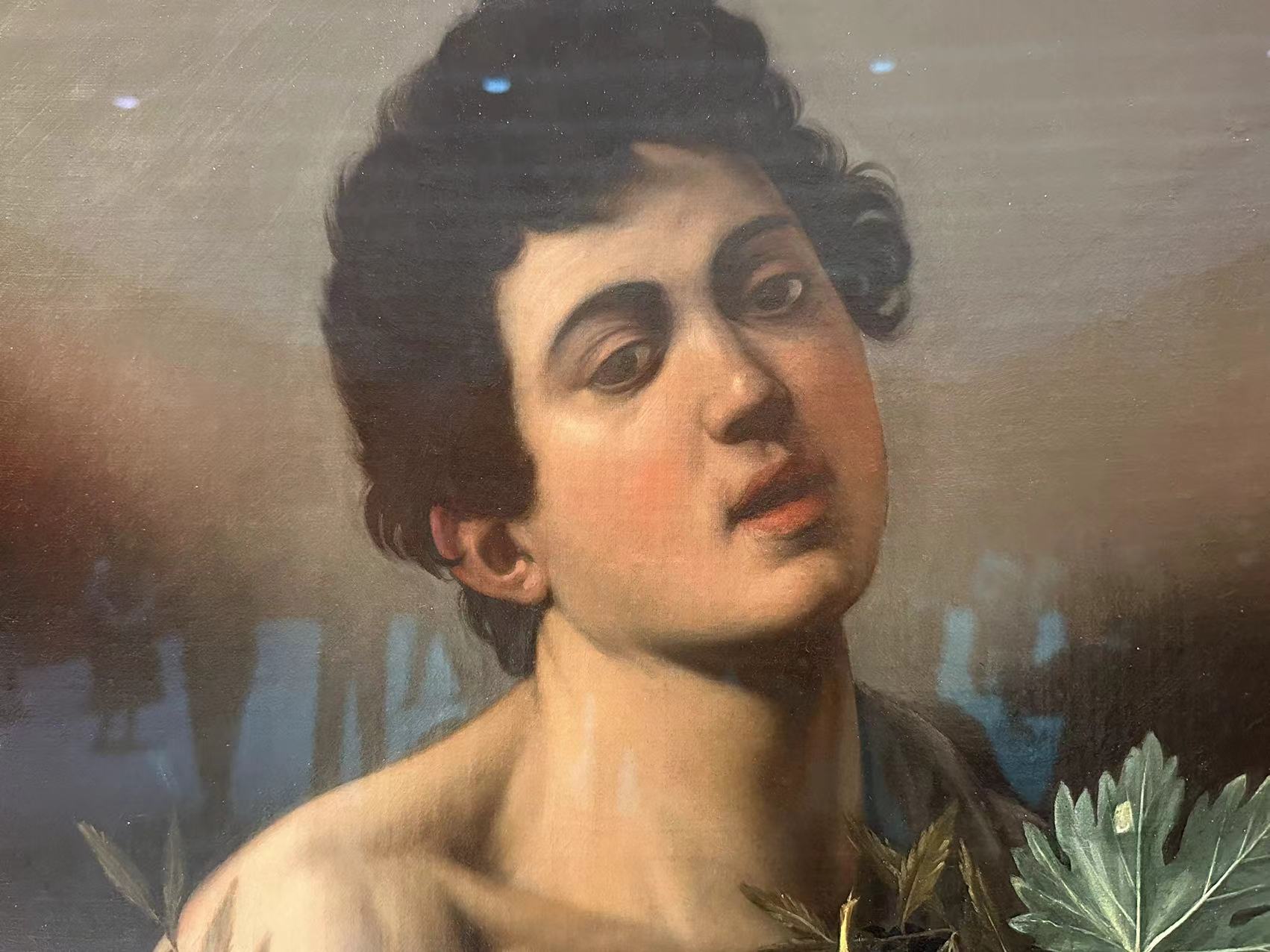
"Boy with Fruit Basket" (detail)
Caravaggio created many private chamber works for Del Monte and his wealthy art-loving circle—The Musicians, The Lute Player, the Tipsy Bacchus, the Symbolic And "Boy Bitten by a Lizard" is a realistic work - Minniti and more boys served as models. These poetic, introverted, mystical works are close to the psychological realism begun in the previous years.
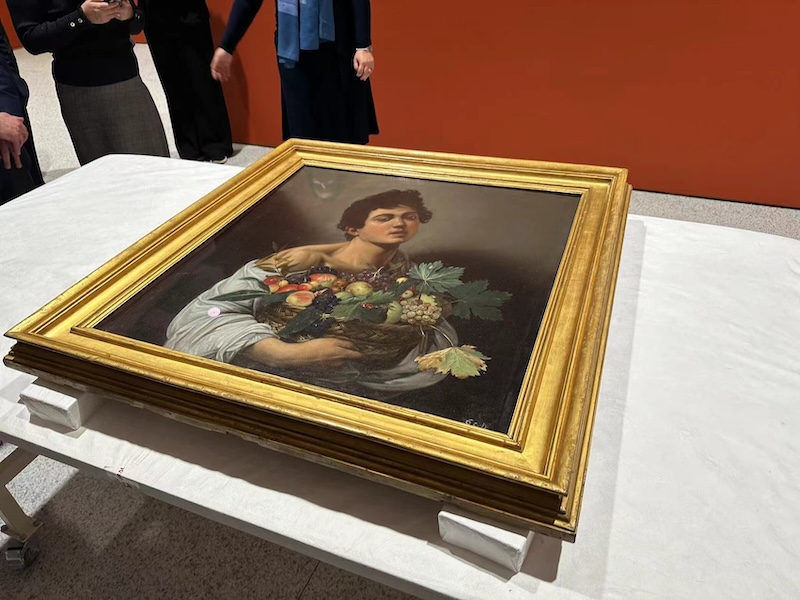
"Boy with Fruit Basket" waiting to be put on the wall
In addition to "Boy Holding a Fruit Basket", Italy's Borghese Gallery also brought another Caravaggio work "John the Baptist" from its collection. This work was painted in 1609-1610 by Caravaggio. The last of the eight known paintings of John the Baptist, he was living in exile and was being pursued by his enemies in Sicily. In 1609 Caravaggio returned to Naples. "John the Baptist" in the Borghese Gallery was painted during this period, and was also the last stage of Caravaggio's life.
In the summer of 1610, Caravaggio sailed to Rome to receive a pardon, which seemed to have been attributed to his powerful Roman friends. During this trip he brought three paintings as gifts to Cardinal Scipione Borghese, "John the Baptist" being one of them.
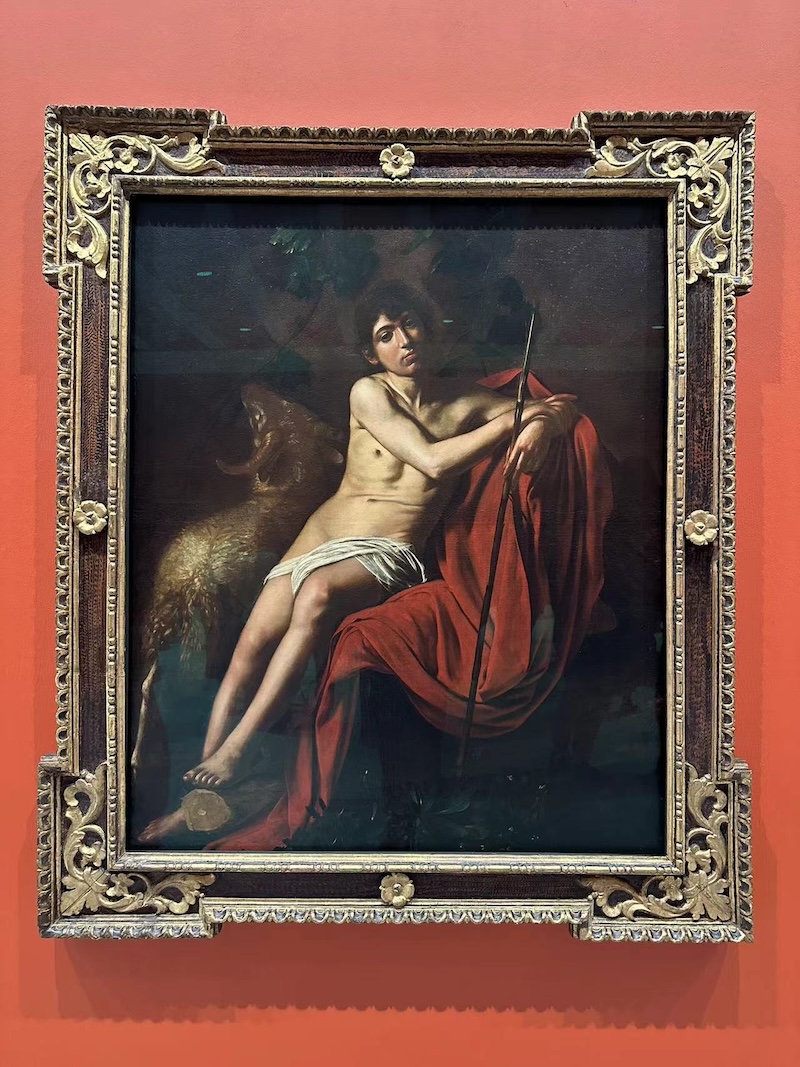
Exhibition scene, Caravaggio (Michelangelo Merisi) "Saint John the Baptist" 1609-1610 oil on canvas, 152 x 125 cm © Galleria Borghese, Rome
But what happened next is subject to differing opinions, and on July 28 an anonymous private message was sent from Rome to the Duke's residence in Urbino stating that Caravaggio was dead. Three days later another private report stated that he died of fever. These were the earliest briefings of the deaths, which were later reported in more detail. But no body was ever found. A poet friend of Caravaggio regarded July 18 as the anniversary of his death. Recently, a researcher claimed to have discovered an obituary showing that Caravaggio died of a fever that day in Porto Ercole, Tuscany. sick.
The history of the Borghese Gallery
The Galleria Borghese is located in the Villa Borghese in Rome. The museum mainly collects Italian Renaissance and Baroque paintings. The building of the Art Museum was historically the residence of the Borghese family. Construction began in 1613 and was completed in 1620. After 1903, it became the National Gallery of Italy, famous for its collection of the world's largest collection of Caravaggio works and a large number of Bernini sculptures. At the end of the 20th century, the Italian government carried out a comprehensive restoration of the museum and reopened it in 1997.
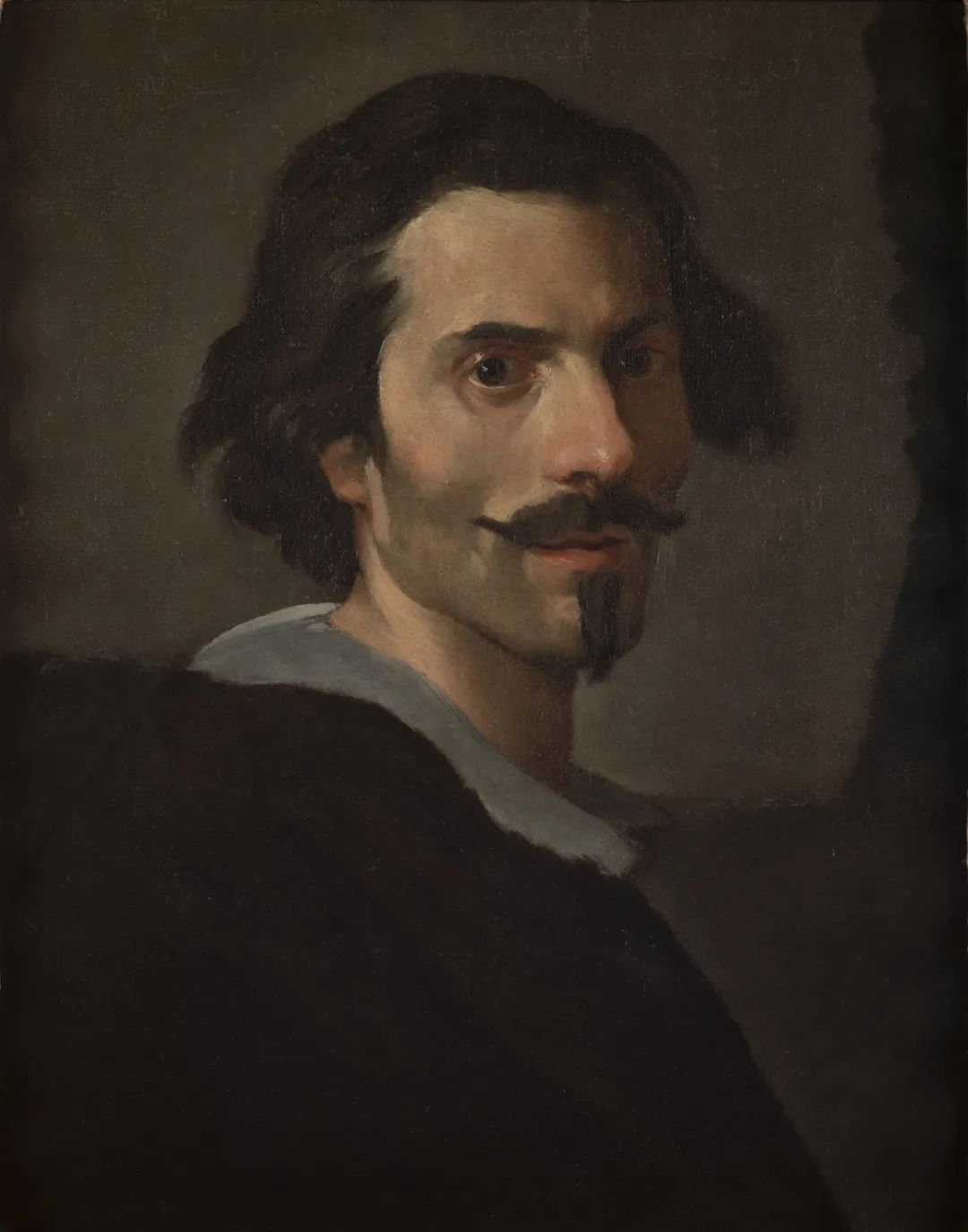
Giovanni Lorenzo Bernini (Naples, 1598 - Rome, 1680), Self-Portrait in Maturity, circa 1635-1640. Oil on canvas, 53 x 43 cm
The earliest collection of the museum is about 107 oil paintings confiscated from Giuseppe Cesari by Camillo Borghese, Paul V of the Borghese family. The following year he purchased 71 paintings from Paolo Emilio Svondrati, and Scipione Borghese, the nephew of Paul V, commissioned Flaminio Ponzio and Giovanni Vasazio built Villa Borghese and moved most of the family's collections there. Scipione himself was also an art patron. He further collected a large collection and formulated the " The Act of Entrustment and Bequest protected the collection in the villa from being sold by descendants of the family for more than a century.

Bust of Scipione Borghese, 1632. Giovanni Lorenzo Bernini Galleria Borghese, Rome
Family member Paolo Borghese (1622/24-1646) married Olympia Aldobrandini of the Aldobrandini family in 1638, and Olympia was a member of the family. The only inheritor of the inheritance, and because of this, the family added several famous collections. By the end of the 17th century, the family had accumulated more than 800 paintings and sculptures.
Although the family has been committed to collecting and maintaining these art treasures for more than a hundred years, these collections suffered unprecedented changes in the 19th century. The head of the family, Camillo Borghese (1775-1832), served in Napoleon's army. He served as a general in 1803. In 1803, he married Pauline Bonaparte, Napoleon's sister, and was awarded the title of Duke, Prince, and Governor of Piedmont (1807-1814). One of the obligations beyond honor was that he was forced to sell out. The collection was given to the Louvre. From 1807 to 1808, he sold a total of 154 full-length statues, 170 reliefs, 160 busts, plus some precious marble columns and ancient Roman vases to the Louvre.
Camilo had no children, and the princely title was inherited by his younger brother Francesco Borghese (1776-1839). In order to fill the gap in the family's archaeological collection, he acquired some cultural relics unearthed from new archaeological excavations. Also worried that the family collection would be damaged again, a new "Entrusted Bequest Law" was formulated in 1833, stating that all family cultural relics were not transferable. This wise approach protected the integrity of the family collection in the 19th century and allowed it to be passed on. The family was able to sell it to the government at a low price but intact when it later ran into financial difficulties. In 1902, the Italian government purchased the Villa Borghese for 3.6 million Italian lire. This price was a very good deal, because the price of several paintings collected in the villa alone was much higher. The following year, the Borghese Villa was established. Cypriot Art Museum is open to the public.
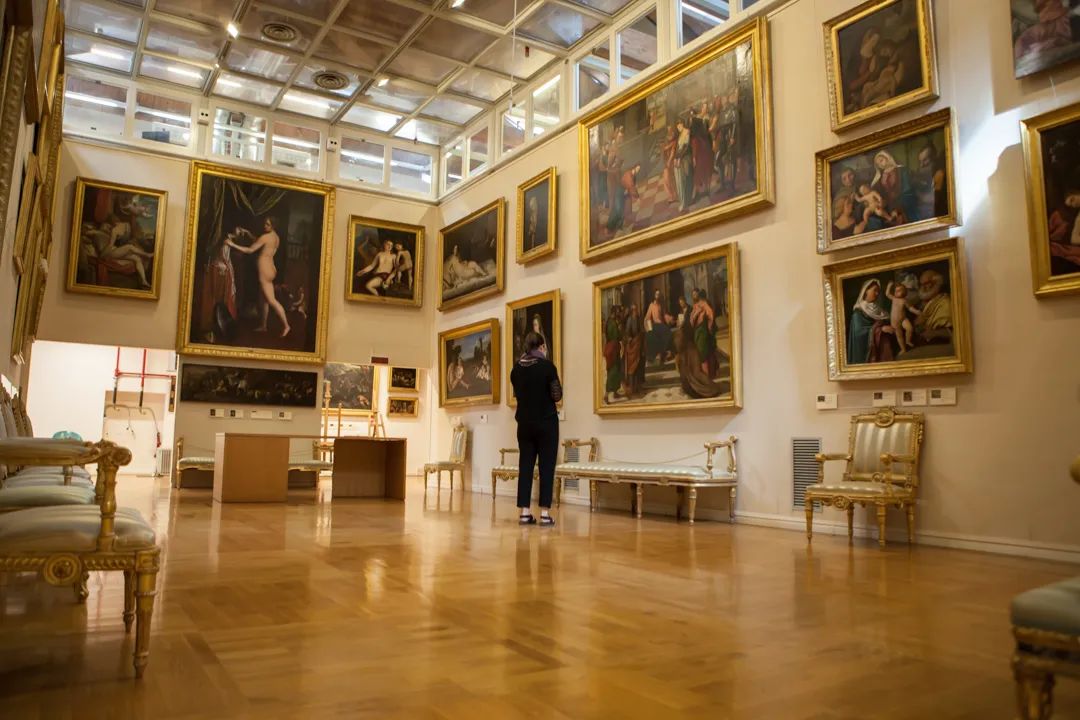
Interior of the museum exhibition hall ©️ Galleria Borghese, Rome
The Borghese Gallery is an extremely popular cultural and artistic destination in Rome, and because the Borghese Gallery can accommodate no more than 360 people at a time, and the duration of a single visit is limited to 2 hours. Therefore, there are often long queues at the entrance of the museum.
"I am very honored to be able to bring the collection of the Borghese Museum to the Pudong Museum of Art, so that everyone can appreciate these great masterpieces at home. I believe this is a grand event for the people of Shanghai and the whole of China." Li Minkun said , "In addition to Caravaggio, the exhibition also includes Baroque art. Baroque is related to architecture, design, and music. I hope everyone will come to Pudong Art Museum to discover the charm of Baroque art."
Note: Caravaggio and the Miracle of the Baroque; Exhibition Period: 2023.12.12 - 2024.04.12; Location: 2F, Pudong Art Museum
